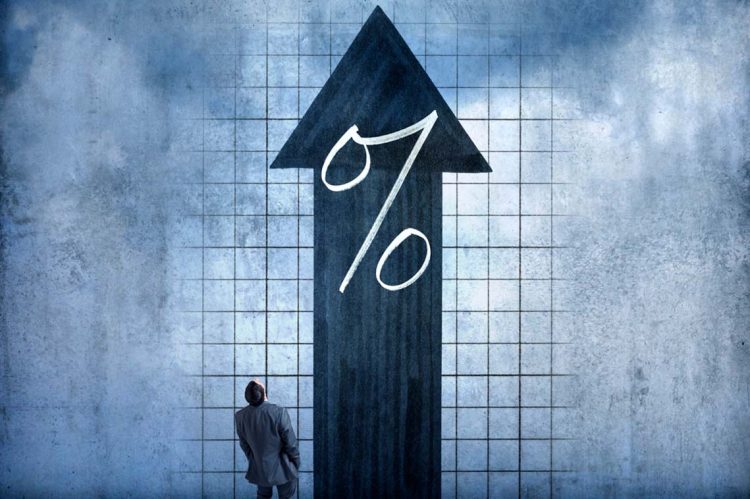After a precipitous drop a week ago, mortgage rates shifted upward this week moving from 5.30% to 5.51%, according to the latest Primary Mortgage Market Survey® (PMMS®), from Freddie Mac released Thursday.
Key findings:
- 30-year fixed-rate mortgage averaged 5.51% with an average 0.8 point as of July 14, 2022, up from last week when it averaged 5.30%. A year ago at this time, the 30-year FRM averaged 2.88%.
- 15-year fixed-rate mortgage averaged 4.67% with an average 0.8 point, up from last week when it averaged 4.45%. A year ago at this time, the 15-year FRM averaged 2.22%.
- 5-year Treasury-indexed hybrid adjustable-rate mortgage (ARM) averaged 4.35% with an average 0.2 point, up from last week when it averaged 4.19%. A year ago at this time, the 5-year ARM averaged 2.47%.
What the experts are saying:
“Mortgage rates are volatile as economic growth slows due to fiscal and monetary drags,” said Sam Khater, Freddie Mac’s chief economist. “With rates the highest in over a decade, home prices at escalated levels, and inflation continuing to impact consumers, affordability remains the main obstacle to homeownership for many Americans.”
Nadia Evangelou, NAR senior economist and director of forecasting, commented, “Mortgage rates resumed their upward trek as inflation continues to run at 40-year highs. According to Freddie Mac, the 30-year fixed mortgage rate rose to 5.51% from 5.30% the previous week. With the potential of a more aggressive rate hike from the Federal Reserve at the end of the month, mortgage rates will likely rise even further. However, even with this increase mortgage rates will continue to be historically low – below 8% – in 2022. Meanwhile, data shows that the typical family can barely afford to buy the median-priced home. In the previous year, families were earning about 50% more than the qualifying income. In contrast, families currently earn about 3% above the qualifying income. This translates to about $2,200 more than the qualifying income. Nevertheless, if buyers decide to use a down payment lower than 20%, then they cannot afford to buy the typical home. Their income is about 9% lower than the qualifying income,” Evangelou concluded.












